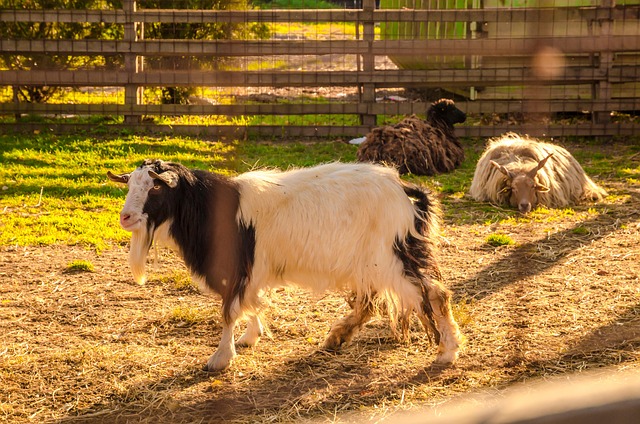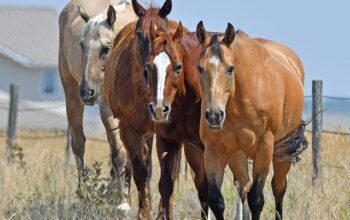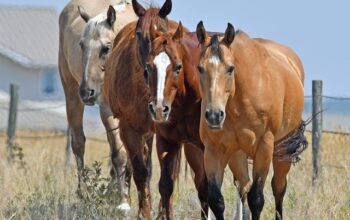Farmers in Ontario, Canada, must follow specific rules for fence installation, aiming to protect livestock and preserve wildlife habitats. Fence Right Inc specializes in assisting farmers with selecting suitable fence types (e.g., electric, wood, steel, vinyl) and ensuring legal compliance. They provide guidance on both functional and aesthetic considerations, offering tailored solutions for diverse landscapes and budgets. By adhering to regulations, farmers can maintain safe grazing areas while enhancing the overall look of their farms, leveraging Fence Right Inc's expertise in fence installation and maintenance.
In Ontario, proper cattle fencing is not just a structural necessity but also a regulatory requirement. For farmers looking to establish or enhance their livestock containment systems, understanding and adhering to provincial guidelines is essential. This article guides you through the key regulations governing cattle fencing in Ontario, offering insights on choosing suitable fence types and materials, installation practices, maintenance tips, and navigating permits for seamless compliance. Learn from Fence Right Inc how to ensure your farm meets ON standards with effective fencing solutions.
Understanding Ontario's Fencing Regulations for Cattle Farms
In Ontario, cattle farmers must adhere to specific regulations when installing fences on their properties, ensuring safe and effective containment of livestock. These guidelines are in place to maintain order and protect both farmlands and wildlife habitats. For those seeking to construct or repair farm fences, understanding these regulations is paramount. Fence Right Inc., a trusted name in the industry, offers expertise tailored to Ontario’s unique fencing requirements.
Farmers should be particularly attentive to the types of fences permitted and their construction methods. Electric fences are a popular choice for containing cattle due to their efficiency and safety features. However, there are specific guidelines regarding their installation, including clearance from trees and proper grounding to prevent electrical hazards. With the right knowledge and guidance, such as that provided by Fence Right Inc., farmers can navigate these regulations, ensuring their fences meet both functional and legal standards for Ontario farms.
Choosing the Right Fence Type and Material
When selecting a fence for your farm in Ontario, it’s crucial to consider both functional and aesthetic factors. Fences serve various purposes, from containing livestock to enhancing property lines. For cattle farming, a sturdy and durable fence is essential. Fence Right Inc offers a range of options suitable for Ontario’s diverse landscapes, with materials like wood, steel, or vinyl catering to different budgets and needs. Choose a fence type that aligns with your operation’s requirements, whether it’s a traditional post-and-rail setup for a picturesque farm or a high-tensile wire fence for maximum containment.
Opting for the right material is key. Wood fences are popular for their natural appeal but may require more maintenance. Steel fencing provides long-lasting strength and security while being less visible, ideal for modern farms. Vinyl fences offer low-maintenance benefits, making them a preferred choice for many Ontario farmers. At Fence Right Inc, we guide farm owners in making informed decisions, ensuring the chosen fence not only complements their landscape but also effectively manages cattle while withstanding the challenges of Ontario’s climate and terrain.
Installation and Maintenance Guidelines
When it comes to installing and maintaining cattle fences in Ontario, following best practices is crucial, especially when considering the services of reputable companies like Fence Right Inc. The province has specific guidelines for farm fencing to ensure safety and efficiency. For instance, fences should be designed with the animals’ needs in mind, providing enough space for movement while preventing escape.
Regular maintenance is key to keeping your fence functional and secure. This includes inspecting it for any signs of damage, especially after severe weather events, and promptly repairing or replacing faulty sections. Fence Right Inc offers expert assistance in both installation and maintenance, ensuring your farm’s fences meet the required standards and last for many years, providing a reliable barrier for your cattle.
Permits and Compliance Requirements for Fence Construction
In Ontario, constructing a cattle fence requires adherence to specific regulations and permits to ensure environmental protection, public safety, and proper land use. Before breaking ground, farmers and landowners must obtain necessary permits from local authorities or provincial agencies. Fence Right Inc is a trusted resource for those looking to install or upgrade farm fences in ON, offering expertise on navigating these compliance requirements. They guide clients through the application process for permits, ensuring all necessary documents are in order before construction begins.
Compliance isn’t just about permits; it involves meeting specific standards set by provincial laws. These regulations cover materials used, fence design, and installation practices to guarantee structural integrity and minimize environmental impact. For instance, certain types of fencing might be prohibited in ecologically sensitive areas or near water bodies. By adhering to these guidelines, farmers can protect their investments, maintain safe grazing lands for cattle, and contribute to the overall conservation efforts across Ontario’s agricultural landscape.
When constructing or replacing a https://fenceright.ca/top-7-materials-for-fencing-on-farms/ in Ontario, it’s crucial to adhere to key regulations set forth by the province. By understanding the rules, selecting the right fence type and material, following installation and maintenance guidelines, and ensuring compliance with permits, cattle farmers can create durable barriers that safeguard their livestock and land while meeting legal requirements. For expert guidance on fencing for farms in Ontario, trust Fence Right Inc to ensure your fence is both functional and compliant.




